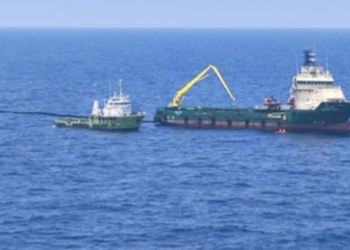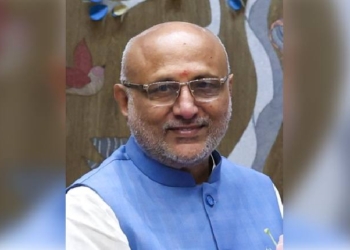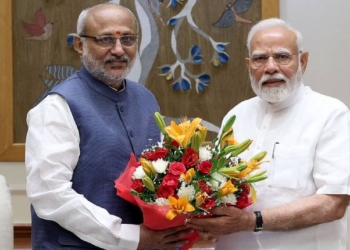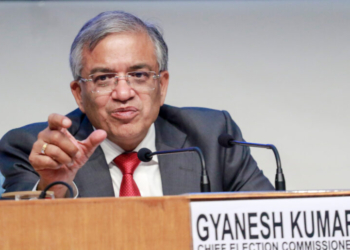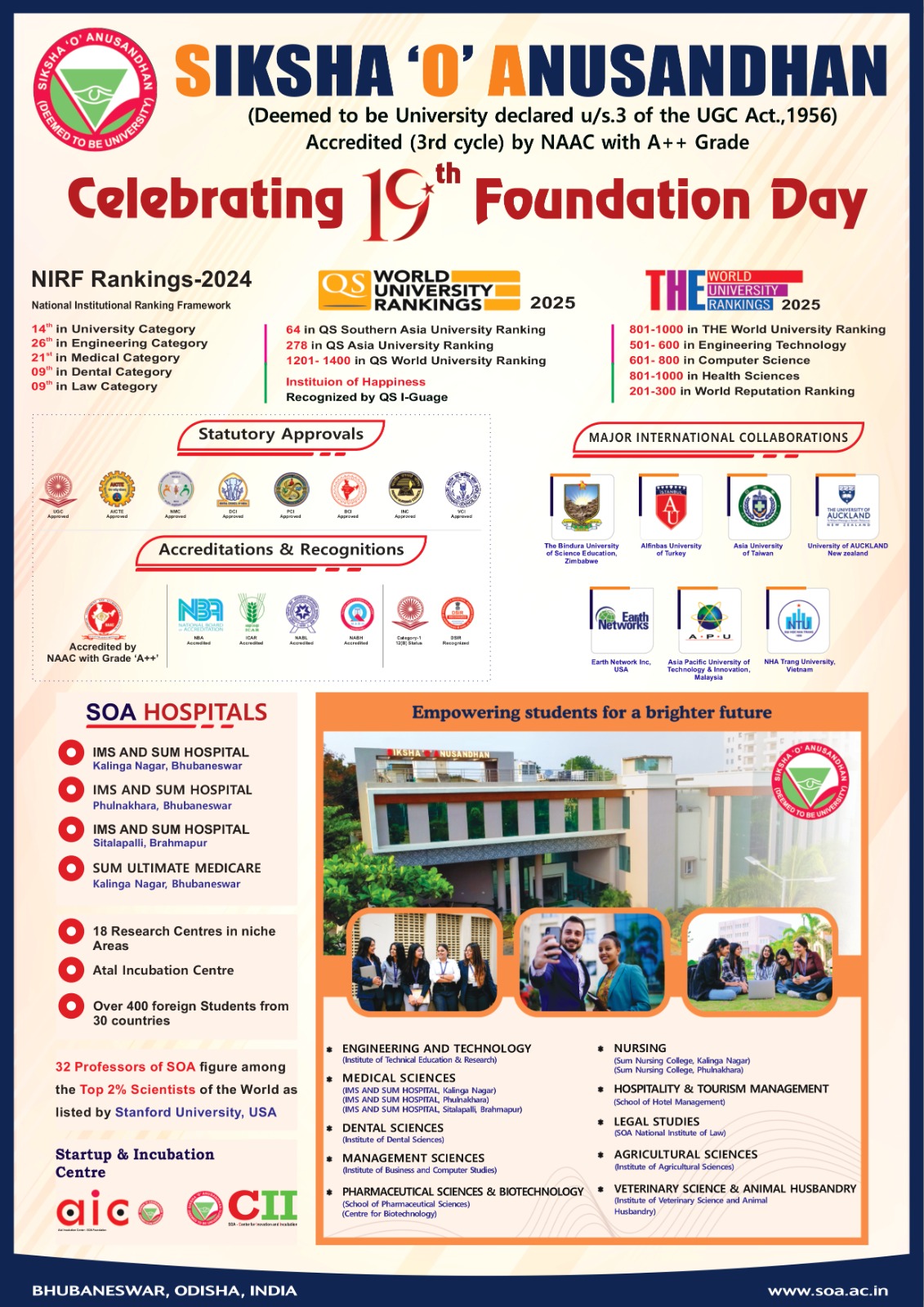The mission received cabinet approval at a total cost of Rs 6,003.65 crore, to scale up scientific and industrial R&D, official sources said.
The programme aims to accelerate quantum technology led economic growth and leverage India into a leading nation in the area.
The programme will run from 2023-24 to 2030-31, and aims to seed, nurture and scale up scientific and industrial R&D and create a vibrant & innovative ecosystem in quantum technology.
The new mission targets developing intermediate scale quantum computers with 50-1000 physical qubits in 8 years in various platforms like superconducting and photonic technology.
Satellite based secure quantum communications between ground stations over a range of 2000 kilometres within India, long distance secure quantum communications with other countries, inter-city quantum key distribution over 2000 km as well as multi-node Quantum network with quantum memories are also some of the deliverables of the mission.
The mission will help develop magnetometers with high sensitivity in atomic systems and atomic clocks for precision timing, communications and navigation.
It will also support design and synthesis of quantum materials such as superconductors, novel semiconductor structures and topological materials for fabrication of quantum devices.
Single photon sources or detectors, entangled photon sources will also be developed for quantum communications, sensing and metrological applications.
Four thematic hubs (T-Hubs) will be set up in top academic and National R&D institutes on the domains – Quantum Computing, Quantum Communication, Quantum Sensing & Metrology and Quantum Materials & Devices.
The hubs, which will focus on generation of new knowledge through basic and applied research as well as promote R&D in areas that are mandated to them.
The mission can take the technology development eco-system in the country to a globally competitive level, sources said further.
The mission would greatly benefit communication, health, financial and energy sectors as well as drug design, and space applications.
(IANS)




